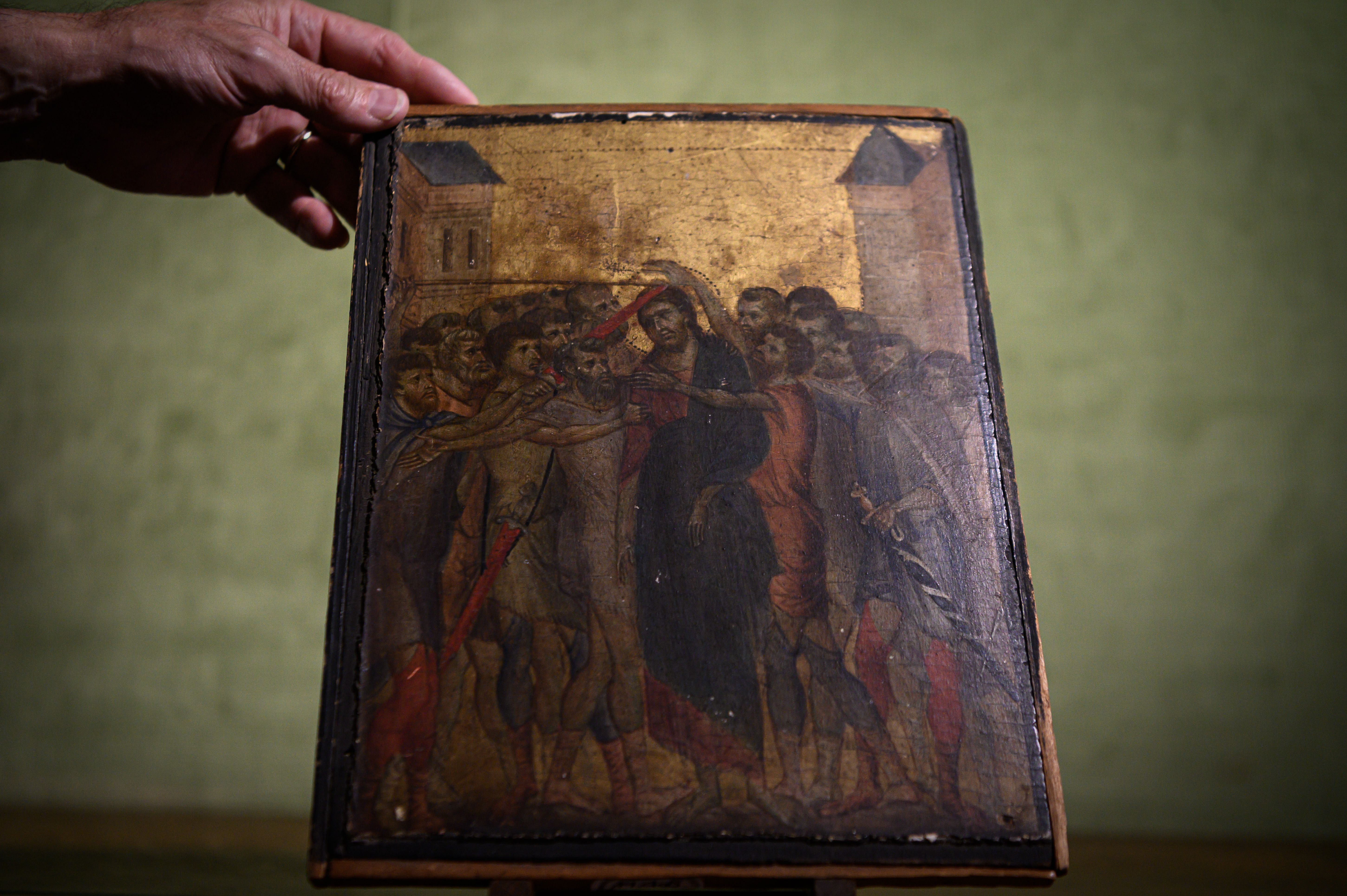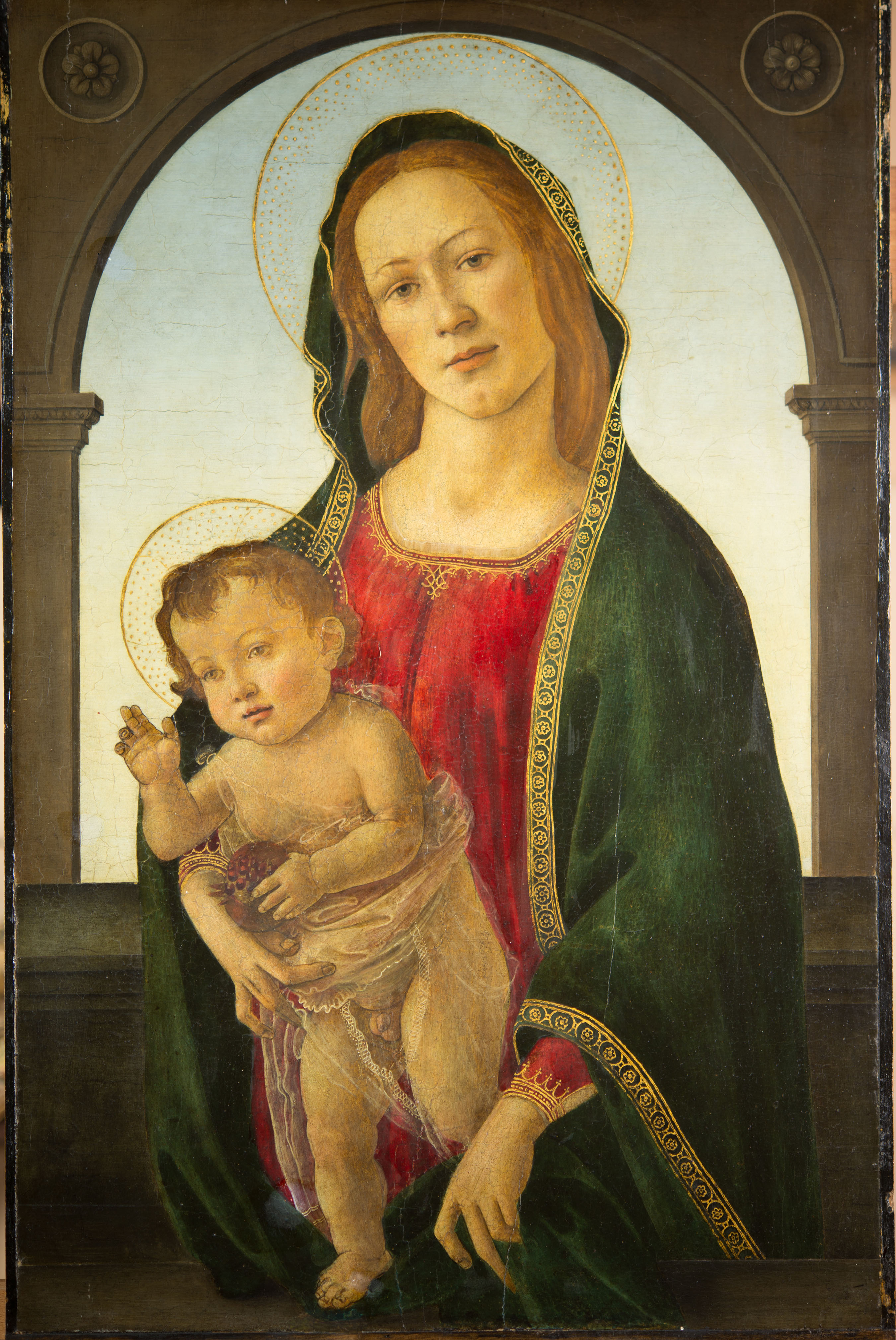The £20 sketch bought at a yard sale that turned out to be an original Dürer, and worth over £10 million
First there was the chance purchase of the sketch. Then there was the equally fortunate decision to buy a frame, followed by a series of coincidences which led to the Holy Grail for art collectors: a £20 picture that's turned out to be an original Albrecht Dürer, worth millions.


The National Gallery’s exhibition ‘Dürer’s Journeys’ opened in November (and runs until February 27, 2022) last month. I have yet to see it, but some early visitors suggested it has been a little overstuffed.
Anyone attracted by the principle that less is more, however, can put it to the test at a second Dürer show: ‘Dürer and his Time’, which is Agnews’ contribution to London Art Week, and which centres on the most important Old Master drawing to be discovered for decades.
The 6½in by 6½in pen-and-ink The Virgin and Child with a Flower on a Grassy Bench was bought unframed in an American yard sale for $30 — not much more than £20 — about five years ago by a Massachusetts couple. They also spotted and bought a frame, being sold separately, that happened to be the original.
No one was willing to give it much credence, assuming it to be fake or perhaps an engraving, until, led by a series of coincidences, Cliff Schorer, the entrepreneur and collector who is now a shareholder in Agnews, visited the couple.
He has a well-deserved reputation for spotting sleepers, but was bowled over by this: ‘I have spent my life disbelieving things. Now, here I was out on the thinnest of limbs. But I was sure it was right.’
"The clincher was the watermark in the fine linen paper: a trident and ring"
After long and often discouraging researches, his eye has been vindicated; the drawing has been declared ‘magnificent’ by the current Dürer authority, Christof Metzger, and will be included in his forthcoming catalogue raisonné, dated to about 1503.
The clincher was the watermark in the fine linen paper: a trident and ring, found by Jane McAusland, the conservator, showing it was made by the Fugger family. The Fuggers were not only Europe’s greatest bankers, but industrialists and Dürer’s patrons, supplying him with paper and other art materials, such as special copper for his engraving plates.
Exquisite houses, the beauty of Nature, and how to get the most from your life, straight to your inbox.
Thanks to backing papers in the old frame, it has been possible to take the provenance back through the Carlhian family, Parisian decorator-dealers who worked with the great dealer Joseph Duveen. A descendant, Jean Paul Carlhian, died in Concord, Massachusetts, in 2012 — hence the drawing’s location in the USA.
Earlier, the drawing is likely to have been in Italy before being taken to France during the Napoleonic period. One of the backing papers suggests that it was in Modena in the early 17th century, possibly in the collection of Duke Francesco I d’Este.
The auction record for a Dürer drawing is £640,000 for a watercolour in the 1978 Von Hirsch sale — that might now be equivalent to £1.75 million. Agnews, and Mr Schorer, are understandably coy about their hopes for this sublime example of penmanship, but it will be an eight-figure sum.
The drawing is displayed with a small group of linked works by Dürer and contemporaries, including an impression of his engraving of Philipp Melancthon, next to its Fugger-made plate — the only known Dürer copperplate in existence.

Country Life Today: The £5 million masterpiece that hung for years on the wall of an elderly lady's kitchen
In today's news round-up there's an extraordinary auction find, worrying news for sheep farmers and a celebration of one of

Botticelli 'copy' in a Welsh museum turns out to be the real thing worth tens of millions
For years, a work thought to be in the style of Sandro Botticelli languished in a museum storeroom. But since
After four years at Christie’s cataloguing watercolours, historian Huon Mallalieu became a freelance writer specialising in art and antiques, and for a time the property market. He has been a ‘regular casual’ with The Times since 1976, art market writer for Country Life since 1990, and writes on exhibitions in The Oldie. His Biographical Dictionary of British Watercolour Artists (1976) went through several editions. Other books include Understanding Watercolours (1985), the best-selling Antiques Roadshow A-Z of Antiques Hunting (1996), and 1066 and Rather More (2009), recounting his 12-day walk from York to Battle in the steps of King Harold’s army. His In the Ear of the Beholder will be published by Thomas Del Mar in 2025. Other interests include Shakespeare and cartoons.
